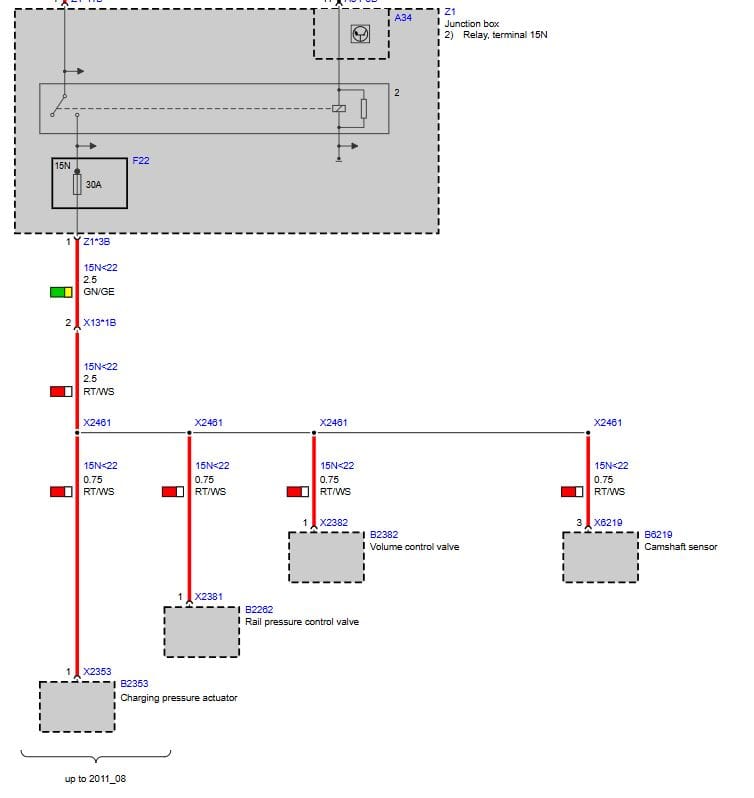In that time, it burned through a wallet-melting €5,000 in random parts replacements while skilled BMW technicians scratched their heads, replaced perfectly good components, and ultimately declared that the DDE (engine control unit) had lost the will to live.
The symptoms? Oh, just a little game of Russian roulette every time the owner wanted to start the car. It would crank but not fire. Then, after an hour—or maybe a day—it would start again, as if nothing had ever happened. Other times, it would work flawlessly for months before throwing another tantrum. This was the kind of problem that separates real diagnostics from parts cannon enthusiasts.
Enter me.
A good friend referred the customer to me, and the 525d arrived at my shop in its usual deceptive state of "I work fine now." Classic gremlin behavior. The owner had already suffered through every imaginable "expert" diagnosis, but I agreed to keep the car for a week and see if I could crack the case.
First, I plugged in the ICOM and let ISTA do its thing. Unsurprisingly, the test plan led to the same grand conclusion: the DDE must be faulty. Yes, well, ISTA, if I replaced every part you told me to over the years, I'd have single-handedly doubled BMW's parts sales figures.
But here's where things get interesting. The fault memory was littered with errors:
- Charging pressure actuator
- Rail pressure control valve
- Volume control valve
- Camshaft sensor
Now, the key to proper diagnostics is not treating these faults as isolated cases, but rather asking: what do they all have in common?

The answer? They all share the same power supply (15N terminal) from the junction box, via a 30A fuse (F22), and are controlled by a relay.
Ah-ha! Now we’re getting somewhere. I measured the voltage supply, and everything seemed fine. But the car was hooked up to a power supply unit, so I shut it off and cycled the ignition. Still fine. The car, of course, was starting without issue, so I had no expectation of finding anything wrong—yet.
But knowing how relays work (or fail), I decided to force the issue. I deliberately lowered the battery voltage by turning on the headlights and blower at max power. Five minutes later, the car refused to start.
And then, as I cranked it, I noticed the RPM needle bouncing around like a caffeinated squirrel. Bingo. The 15N relay was the culprit.
Unfortunately, BMW, in their infinite wisdom, integrated this relay into the junction box. So, instead of a quick and cheap relay swap, I had to order an entirely new junction box.
Two days later, I installed it, and just like that—problem solved. No more random no-starts, no more mystery faults, no more throwing money at unnecessary parts. The cost? About €100 for the part and €200 for labor, a mere fraction of what had already been wasted on wild guesses.
The moral of the story? Never trust ISTA test plans blindly. And when dealing with Bavarian gremlins, sometimes you just have to outthink the machine.





Member discussion